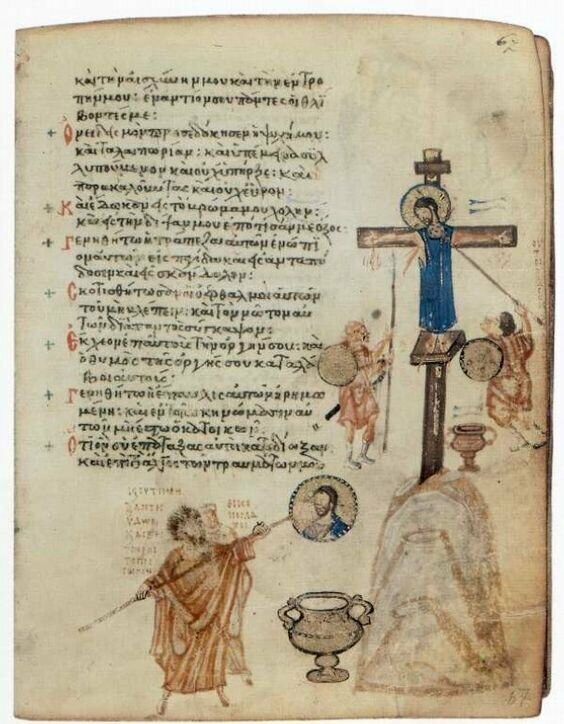[March 20, 2016]
This past Sunday was “Sunday of Orthodoxy,” as the first Sunday in Lent is always named. It celebrates the “Triumph of Orthodoxy” over iconoclasm, and the restoration of icons to their proper place in liturgical and devotional use.
As St. John of Damascus explained, we honor icons, just as we show honor to the emperor, or to an aged parent. We don’t worship them. Worship is for God alone. We don’t worship our beloved favorite bible, but we handle it respectfully, and even with affection. The same with icons; they are portraits of people we love. As with a photo of a beloved grandmother, we handle icons with affection and respect.
The historic moment celebrated by Sunday of Orthodoxy took place March 11, 843 (the first Sunday in Lent that year), when the empress, court, and clergy of Constantinople went out bearing icons and restored them to their places in churches around the city. So on the Sunday of Orthodoxy most churches have a procession with icons, whether inside the church or outside around the church. In some churches it involves all the worshipers, and in some only the clergy and children. I put below some photos I found from around the internet (and around the world) of Sunday of Orthodoxy processions.
But I noticed a hymn we had at matins on Sunday (in Orthodoxy, a hymn is usually a chanted free-verse paragraph) rejoicing in the victory over iconoclasm and taking the opportunity to denounce the heresy of the Manicheans:
We display the likeness of your bodily form, O Lord and lover of mankind, and venerate it, recognizing its Source and honoring the mystery of your Incarnation. You did not appear to us as an illusion or in imaginary form, as the Manicheans claim, those contenders against God; but you appeared bearing the same bodily nature that we bear, and by which we may in truth ascend to your divine love and presence.
Not too many Manicheans around anymore, though there are still plenty of other heresies, of course. Made me think: what would hymns refuting contemporary heresies look like?
Nairobi:
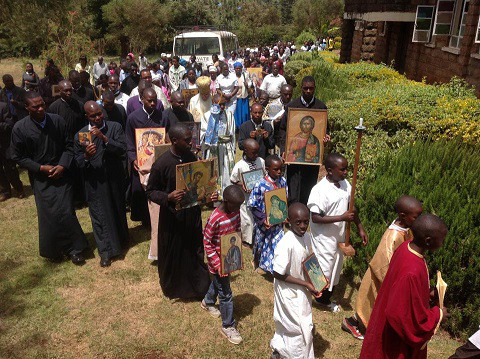
St. George Church, Clifton, NJ:
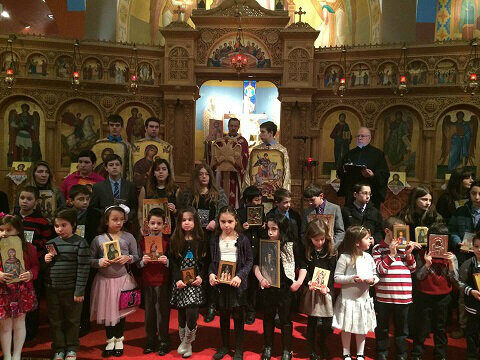
Fairbanks, Alaska:
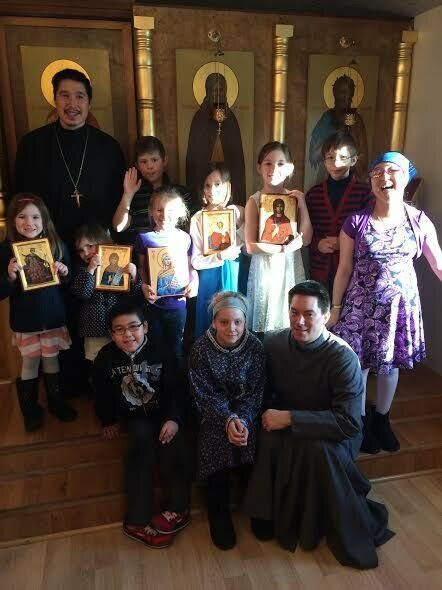
Congo:
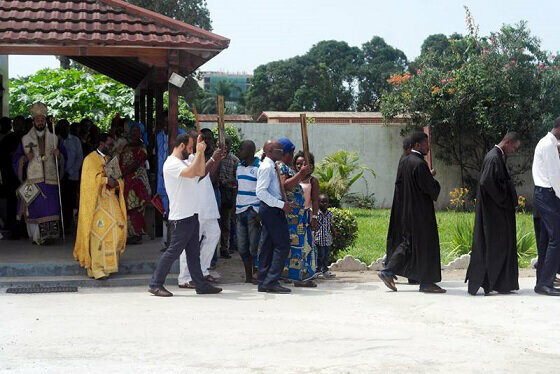
McComb, MS:
Cape Town:
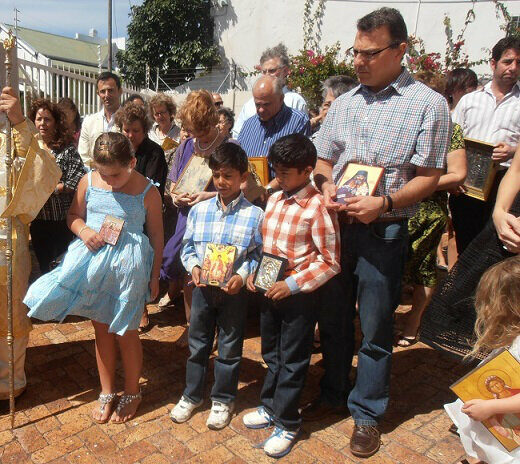
Icons depicting the Sunday of Orthodoxy, with Empress Theodora and clergy restoring icons to their place:
![]()
![]()
![]()
The Chudov Psalter, AD 840-850, made immediately after the defeat of iconoclasm, compares someone offering Christ vinegar on a sponge with an iconoclast (Patriarch John the Grammarian, with his characteristically messy hair) sponging whitewash on an icon of Christ:
